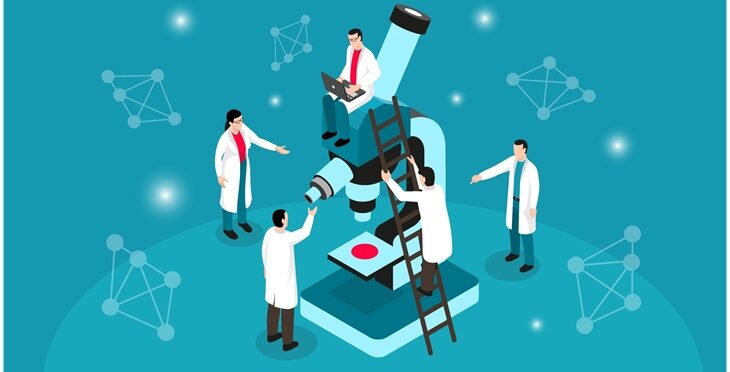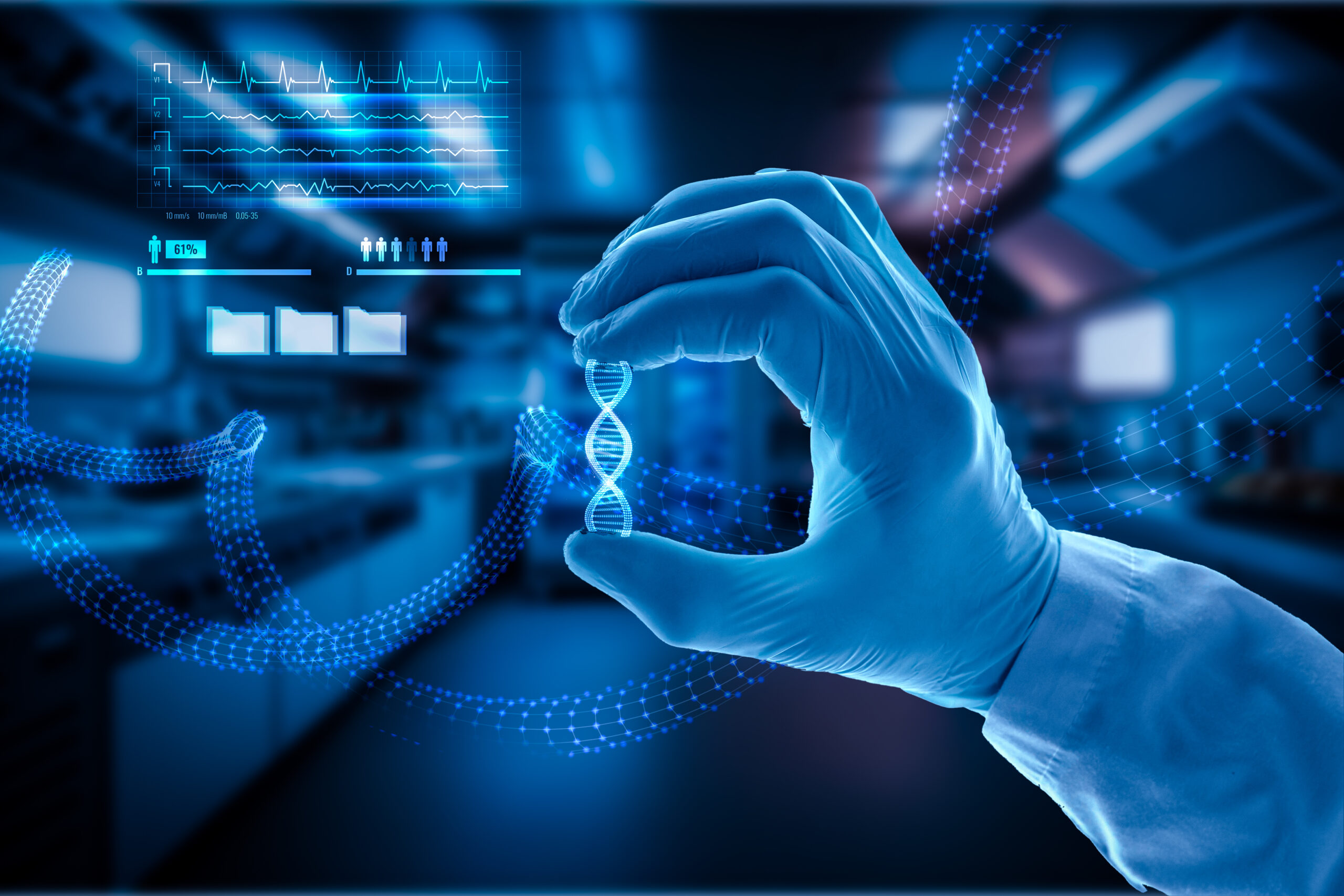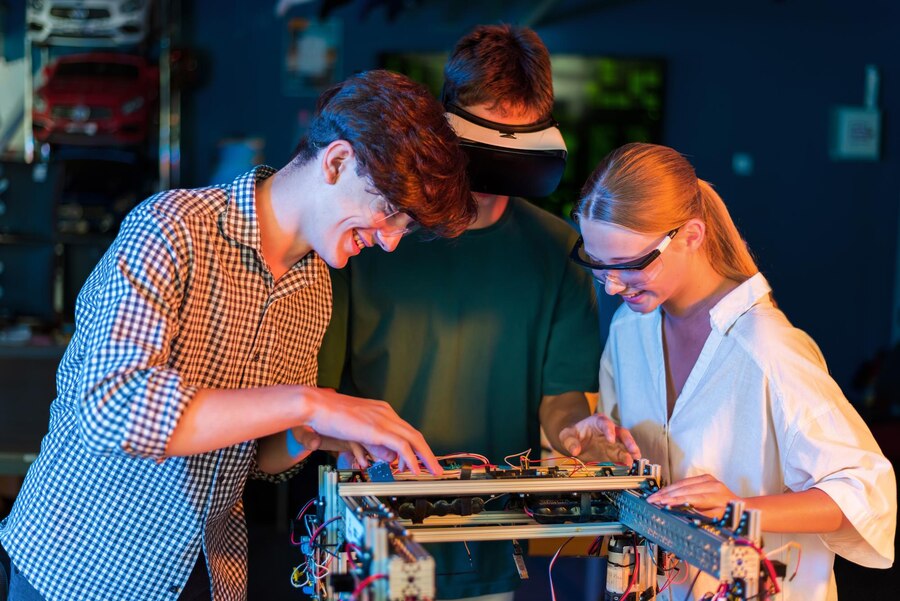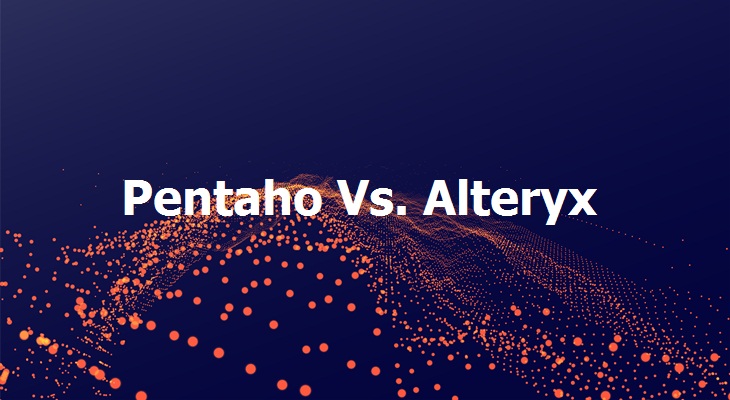Nanotechnology In Electronic Devices gives us the ability to improve the functionalities of electronics. Moreover, it also reduces their weight and power consumption. The following are some of the nanoelectronics areas under development, which you can learn more about by following the links in the next section.
Nanotechnology In Electronic Devices enhances the display screens of electrical devices. This entails lowering power usage while also reducing screen weight and thickness.
Memory chip density is being increased. Researchers are working on a memory chip with a density of one terabyte of memory per square inch or higher.
What Exactly Is Nanotechnology In Electronic Devices?
Nanotechnology is a branch of research and invention. It focuses on creating things on the scale of atoms and molecules. These are materials and gadgets. A nanometre is one billionth of a meter in length or ten times the diameter of a hydrogen atom.
Nanotechnology is being praised as having the ability to boost energy efficiency. It can also help clean up the environment and tackle severe health concerns. It also can increase manufacturing output while lowering expenses. Nanotechnology products will also be smaller, cheaper, lighter. They would be more useful, using less energy and fewer raw resources to manufacture.
Nanotechnology Products And Applications
Nanotechnology In Electronic Devices
The application of nanotechnologies in biological disciplines gave birth to nanobiotechnology. Nanotechnology is a branch of chemistry, physics, and biology. As a result, the hybrid field of nanobiotechnology has emerged. It employs biological starting materials, biological design principles, and has biological, medicinal applications.
Biotechnology focuses on the metabolic and other physiological processes of biological subjects. Nanotechnology, when combined with biotechnology, has great potential. It can also play a critical role in the development and implementation of many useful tools in the study of life.
Nanoelectronics
The use of nanotechnology in electronic components makes nanoelectronics. These parts are only a few nanometers in size. But, as electrical components become smaller, they become more difficult to fabricate. Nanotechnology In Electronic Devices encompasses a wide range of devices and materials. Also, these materials are so small that physical effects alter the properties of the materials on a nanoscale. Inter-atomic interactions and quantum mechanical properties are important in the operation of these devices.
Nanocoatings
Nanocoatings are thin films applied to surfaces to generate or improve capabilities. These capabilities can be corrosion protection, water and ice protection, friction reduction. They also have antifouling and antibacterial properties such as self-cleaning. Nanocoating increases heat and radiation resistance and also helps in managing thermals. Moreover, nanocoatings provide considerable benefits in the aerospace, defense, medical, marine, and oil industries. Manufacturers are using nanocoating to distinguish their products from the competition.
Agriculture And Food
Nanotech has potential applications in the field of functional food. It involves engineering biological molecules. These molecules perform functions that are different from those they have in nature. This will open up a whole new field of research and development. There appears to be no limit to what food technologists are willing to do to our food. Also, nanotechnology provides them with a new set of instruments. It helps them to push the boundaries even further.
Foodborne Disease Detection
Nanotechnology opens up new sensor platforms. These sensors are effective in quick and simple isolation and detection of pathogens. Detection techniques by nanotechnology include luminescence detection by employing quantum dots.
Energy
Nanotechnologies have the potential to improve energy efficiency across all industries. Nanotech uses renewable energy. It does so with innovative technological solutions and improved manufacturing technologies. Nanotechnology advancements may also have an impact on all aspects of the energy value chain. This includes energy sources, energy conversion, energy distribution, energy storage, and energy usage.
Furniture Nanotechnology
Nanoparticles in the furniture might reduce the use of adhesives. Expect to see "smart" furniture that heals itself when it's cold. The furniture can also become opaque under bright light. Moreover, the furniture can change color on demand and measure core body functions. Furniture will have antibacterial coatings that activate on contact. It will also have self-healing coatings to repair scratches and minor damage.
Space Nanotechnology
Nanotechnology will be crucial in future space missions. Nanosensors cause the improved performance of materials. The ultra-efficient propulsion systems used in aeronautics are a good example of it.
Cosmetic Nanotechnology
Nanotechnology and nanomaterials find application in a variety of cosmetic items. Nanomaterials also make moisturizers, hair care products, make-up, and sunscreen.
Automotive Industry
The automotive industry is a major user of material technology. Nanotechnologies have the potential to improve the performance of existing tech. Applications of nanotech in real life improve paint quality, fuel cells, batteries, etc.
Nanotech also provides lighter but stronger materials. These are materials such as ultra-thin anti-glare layers for windows and mirrors. It also helps to make energy-harvesting bodywork. Nanotech has also given us self-repairing paint, switchable hues, etc.
The Construction Industry
The impact of nanotechnology on the construction industry is enormous. Applications for this industry help improve the durability and performance of construction components. They also improve building energy efficiency and safety. As a result, maintenance becomes easy and raises the comfort of living.
Display Nanotechnology
Display technologies are of three basic categories. These are organic LEDs, electronic paper, and other devices that display still images. Also, they all rely on nanomaterials and nanofabrication processes.
Nanomedicine
It is a type of medicine that uses nanoparticles to treat patients. It helps in monitoring, control, creation, repair, defense, and improvement of biological systems. Nanomedicine does this at the molecular level using designed nanodevices and nanostructures.
Nanomedicine employs molecular techniques and molecular knowledge of the human body. It works on the science and technology of detecting, treating, and preventing disease.
Nanomedicine also helps in traumatic injury, reducing pain and conserving and promoting human health. It provides molecular machine systems to fight medical challenges. Moreover, nanomedicine aims at maintaining and improving human health at the molecular level.
Applications Of Nanotechnology In Electronic Devices
Nanoelectronics uses nanotechnology in electronic components. There are various applications such as computing and electronic devices. Devices such as Flash memory chips, antimicrobial and antibacterial coatings for mouse, keyboard. Also, mobile phone castings are good examples of nanoelectronics.
The goal of nanoelectronics is to process, send, and keep information. It does so by utilizing matter features that are distinct from macroscopic properties.
Printed Electronics
Nanotechnology finds application in printed electronics for RFID, smart cards, and smart packaging. It also serves the purpose of realistic video games and flexible displays for e-books.
Transistors On The Nanoscale
Nanotechnology application helps to create nanoscale transistors. These are quicker, more powerful, and more energy-efficient. Soon, the computer's whole memory may be stored on a single tiny chip.
Smart Panels
Smart Panels Nanotechnology finds application in many contemporary TVs. They are also applied in laptop computers, digital cameras, cell phones, etc.
It combines nanostructured polymer films known as organic light-emitting diodes. These are also known as OLEDs. OLED screens give brighter consumption and longer lifetimes.
Magnetic RAM
Nanotechnology finds application for magnetic random access memory (MRAM). It is enabled by nanometer-scale magnetic tunnel junctions. Also, it can keep even encrypted data following a system shutdown or crash. This enables resume play functionality.
Smaller And Enhanced Handheld Devices
Nanotechnology in electronics allows for faster, smaller, and more powerful handheld devices. It also allows for new display technologies. These products are more conductive nanomaterials, data storage, quantum computing. It also provides printable and flexible electronics and magnetic nanoparticles for data storage.
Conclusion
Nanotechnology In Electronic Devices has the potential to change a wide range of electronic goods. It can also bring a change in the techniques and applications. This includes nano transistors, nano diodes, OLED, plasma displays, and quantum computers.
Nanotechnology in electronics improves the capabilities of electronic devices. Moreover, it decreases their weight and power consumption. It improves the density of memory chips. It also reduces the size of transistors used in integrated circuits.
Nanotechnology improves display panels on electrical gadgets. This results in lower power usage, less weight, and thinner screens.






